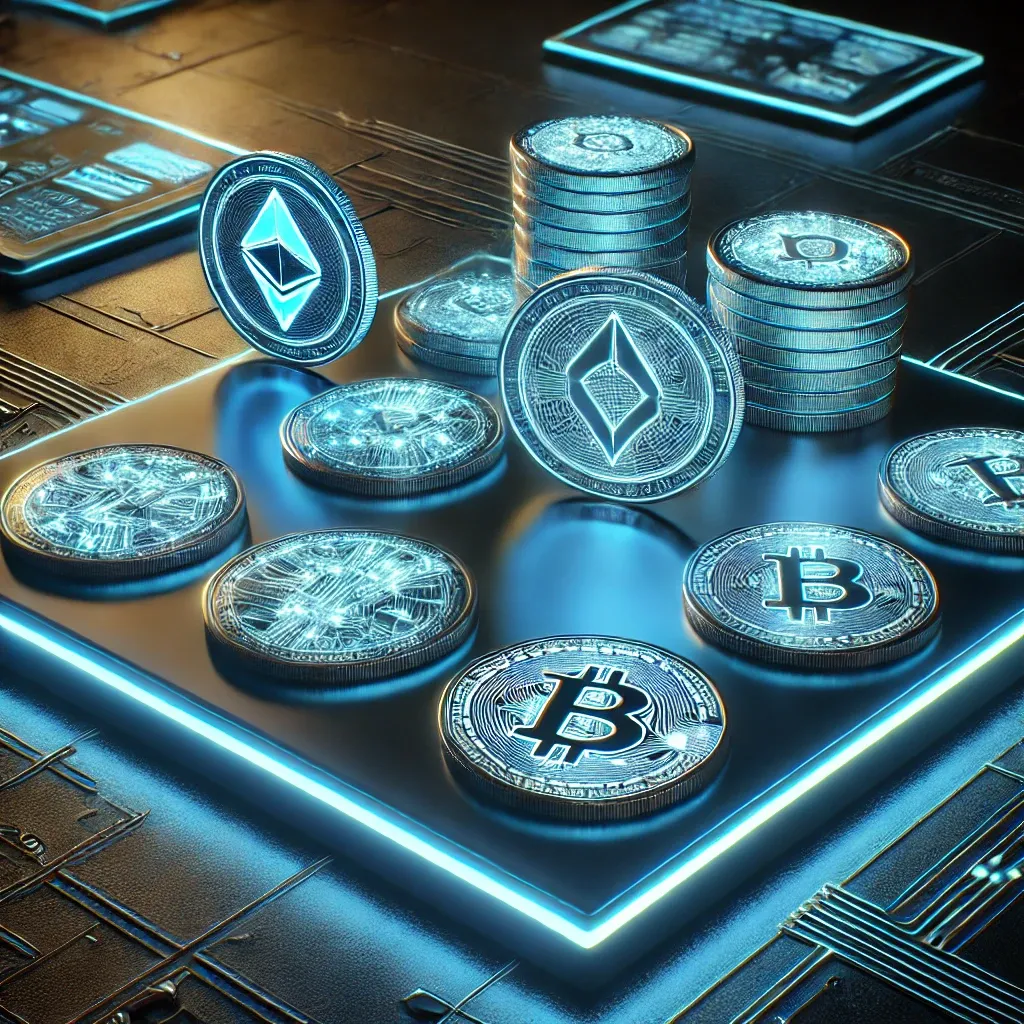
Cryptocurrency Mining
What is Cryptocurrency Mining? The Basics, Benefits, and Environmental Impact
Cryptocurrency mining is one of the most talked-about aspects of the digital asset space. It’s how many cryptocurrencies, particularly Bitcoin, are created and how transactions are validated and secured on the blockchain. But what exactly does mining involve, how does it work, and what are the advantages and disadvantages of mining cryptocurrencies?
In this article, we’ll break down what cryptocurrency mining is, its pros and cons, the environmental impact, and touch on the important event of Bitcoin halving — a topic we explore further in another dedicated article.

What is Cryptocurrency Mining?
At its core, cryptocurrency mining is the process by which new coins or tokens are created and transactions are added to a blockchain. In order to maintain a decentralized network and prevent fraudulent activity, miners use computational power to solve complex mathematical problems that validate and secure transactions.
When a miner successfully solves a problem (also called a "proof of work"), they add a new block of transactions to the blockchain, and in return, they are rewarded with new cryptocurrency tokens. This process is most famously associated with Bitcoin, but many other cryptocurrencies, like Ethereum (before it transitioned to Proof of Stake), also use mining to secure their networks.
Key Steps in Cryptocurrency Mining:
Solving Complex Algorithms: Miners compete to solve cryptographic puzzles (known as Proof of Work). This requires powerful computers that perform trillions of calculations per second.
Mining Rewards: Once a miner solves a problem, they add the new block to the blockchain, and the network rewards them with new cryptocurrency coins.
Transaction Verification: Along with mining new coins, miners also verify and validate transactions that occur on the network, ensuring that no one spends the same coin twice (double-spending problem).
While mining is essential for securing blockchain networks, it is not a free process. It requires significant energy, hardware, and ongoing maintenance, and that’s where the conversation about pollution and sustainability comes in.
Advantages of Cryptocurrency Mining
New Coin Creation: Mining is the primary method by which new coins or tokens are introduced into circulation. This process makes it possible for decentralized cryptocurrencies to exist without a central bank or financial authority.
Transaction Validation and Network Security: Miners play a crucial role in confirming and validating transactions, which helps prevent fraud and maintain the security and integrity of the blockchain.
Profit Potential: For successful miners, mining can be a profitable venture. Depending on the coin and mining difficulty, miners can earn significant rewards for their work, especially if they have invested in high-performance mining equipment.
Decentralization: Because anyone with the necessary hardware and access to the blockchain can participate, mining contributes to the decentralization of networks like Bitcoin. This means no single party controls the network.
Disadvantages and Challenges of Cryptocurrency Mining
High Energy Consumption: One of the most talked-about downsides of mining, especially with Proof of Work systems like Bitcoin, is the immense energy consumption required. Miners run powerful computers 24/7 to solve cryptographic puzzles, which consumes a lot of electricity. The environmental impact of this energy use is a topic of significant concern.
Pollution and Environmental Impact: As mining operations grow, so does the carbon footprint associated with the mining process. Many miners rely on non-renewable energy sources such as coal to power their rigs. This reliance contributes to air pollution and accelerates climate change. While some miners are shifting to renewable energy sources, the overall environmental impact of mining is still a major issue for critics of the industry.
Hardware and Maintenance Costs: Cryptocurrency mining requires specialized hardware, such as ASICs(Application-Specific Integrated Circuits) or GPUs (Graphics Processing Units). These machines can be expensive to purchase, maintain, and upgrade. Additionally, mining equipment is constantly being upgraded to keep up with the increasing difficulty of mining puzzles.
Network Difficulty and Diminishing Rewards: As more miners join the network, the difficulty of mining increases, meaning it becomes harder and more time-consuming to solve the puzzles. Over time, the reward for successfully mining a block can decrease, making it less profitable, particularly for solo miners.
Regulatory Risks: In some countries, cryptocurrency mining is subject to heavy regulation or outright bans due to its environmental impact or concerns about financial stability. Miners may face legal challenges or be forced to shut down operations.
The Bitcoin Halving: A Brief Overview
One important event that occurs regularly in Bitcoin mining is the Bitcoin halving. This event reduces the reward for mining a new block by half, which occurs approximately every four years. The halving is significant because it limits the total supply of Bitcoin, creating scarcity and potentially influencing the price over time.
The last halving took place in 2024, and as with previous halvings, it has impacted miners’ profitability and has led to changes in Bitcoin’s price dynamics. For a deeper dive into Bitcoin halving and its effects on the market, make sure to check out our other article where we cover this topic in more detail.
Conclusion: The Future of Cryptocurrency Mining
Cryptocurrency mining has been an essential part of the blockchain ecosystem, particularly for Bitcoin. It provides new coins, validates transactions, and helps secure the network. However, it also comes with a range of challenges, including high energy consumption, environmental pollution, and increasing costs associated with mining hardware and electricity.
The future of mining may involve technological advancements that reduce the environmental impact, such as transitioning to renewable energy sources or using more energy-efficient hardware. Additionally, the shift towards Proof of Stake (PoS) systems — as seen with Ethereum’s move to Ethereum 2.0 — offers a potential solution to the energy consumption problems associated with Proof of Work mining.
If you’re interested in the Bitcoin halving and how it affects miners and the broader crypto market, don’t forget to check out our other article dedicated to this important event.
